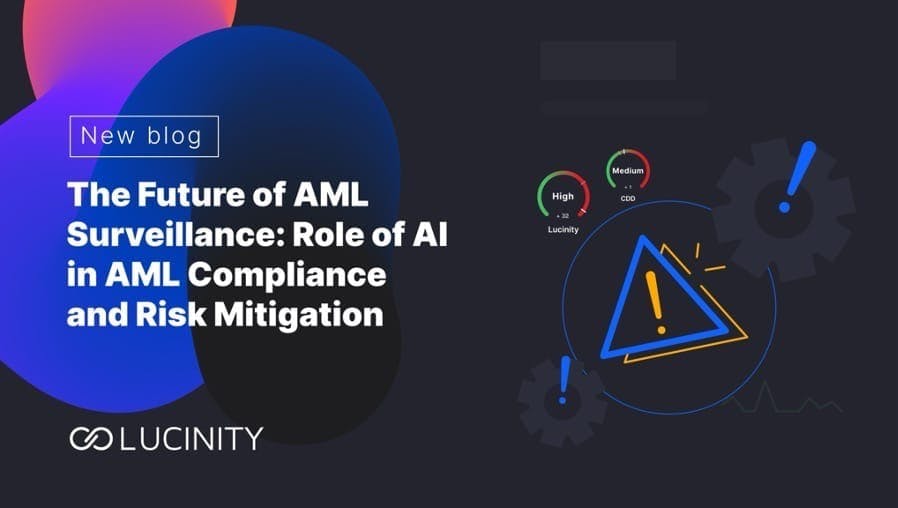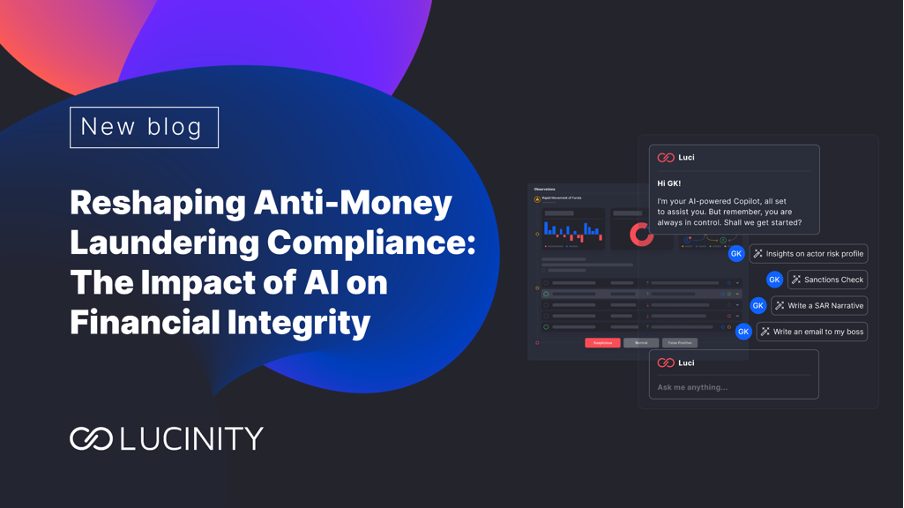Commenting on FinCEN’s ANPRM (Part 2): Authorities take the lead
It seems that FinCEN is moving our field in the right direction, and we look forward to the upcoming positive changes and results.
In this content series, we examine different angles of the FinCEN anti-money laundering ANPRM released in September 2020. If you didn’t get a chance to read the first part, go right ahead.
When FinCEN published the latest ANPRM, we were excited to see them discuss the need for better risk assessment and management procedures, improved communication between different parties, and the technology tools to enable these and other steps forward.
This initiative demonstrates national and global authorities’ intention to take a more active role in preventing a severe problem. Our field’s path towards success includes three pillars that must collaborate and support one another; financial institutions, technology companies, and authorities each have a critical role to fill. The synergy between all three is equally important.
Our previous article shared a few thoughts regarding tech companies’ participation in the legislation process. We talked about how much we wish to hear more from our colleagues on this part of the work. Now, it’s time to shift our focus onto FinCEN itself. In this article, we want to congratulate FinCEN on this move while offering a few ways to improve the process for everyone involved.
The need for enhanced AML clarity
While the AML professional community includes different organizations with diverse goals and outlooks, one thing we all have in common is the need for clarity. FinCEN even mentions this in the ANPRM when it calls for clear communication between organizations and authorities.
Compliance professionals feel a growing need for empowerment and control over the process they are expected to lead within the organization. AML regulations and general regulatory uncertainty top their list of concerns, and they rely on authorities like FinCEN to provide them with clear, actionable guidelines.
Considering compliance officers’ personal liability, they must have a clear understanding of the proper execution of AML regulations. The more specific authorities can get, the better. This creates a bit of a challenge for authorities that must refrain from naming particular tech tools or companies and keep their guidelines relatively evergreen at the expense of clarity.
A smart approach to this challenge is encouraging technology companies to interpret regulations and offer specific solutions that address new rules. In the case of the latest ANPRM, we can assume that human and explainable AI can provide the improved risk management and reporting mechanisms FinCEN asks for. Human AI will allow professionals to better manage the massive amount of data they receive and augment it with the best of human and artificial intelligence. Explainable AI will allow us to translate AI findings into actionable information and help create clear reports for authorities.
Embracing tech innovation at the highest level
Another reason we were excited to read FinCEN’s ANPRM is the focus on technology as the solution for many AML problems. If we want our industry to move forward, each one of the pillars we’ve mentioned earlier needs to embrace technology, and there’s a significant impact to such a statement from a leading authority like FinCEN.
Legislators must practice what they preach and set the right tone for the industry by implementing smart tech solutions. First, this is a great way for them to hint at the tools they want others to use without naming them. Second and perhaps more importantly, authorities handle reports issued by financial institutions that embrace advanced automation technology. If authorities continue using legacy systems and manual work, this might create bottlenecks in the collaboration between the two.
According to PWC, financial services are currently focused on FinTech as part of their business model, and digital solutions that include AI are becoming a banking must-have. But for this excellent approach to yield the right results, authorities must also implement it. We can expect banks to move a lot faster with the right technology. Thanks to Human AI, while many false positive reports will be eliminated, suspicious activities that managed to go under the radar will be detected and reported at a growing pace. In other words, Compliance departments will be relieved of the trade-off between coverage and efficiency through Human AI technology. Authorities need to cope with this acceleration using advanced tech tools of their own.
When all three pillars of the battle against money laundering will work together using smart technologies that integrate and communicate with one another, we’ll see incredible progress in the field. It seems that FinCEN is moving our field in the right direction, and we look forward to the upcoming positive changes and results.


